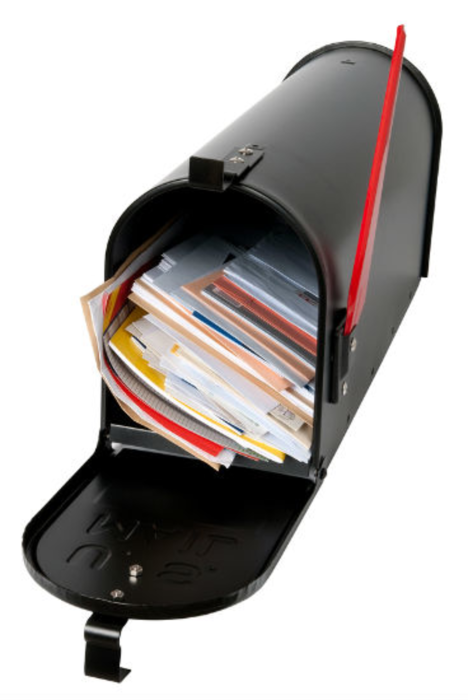What’s present in every household and business in the nation but remains an enigma to Americans? The mail.
This riddle is keenly relevant among pure-play digital marketers unaware that response rates to direct mail are typically 200 times that of email. But it’s also true among consumers, who retain some surprising assumptions and notions about the U.S. Postal Service.
For instance, the great majority of consumers are unaware that USPS has a balance sheet. “Every time we revealed to people that the Postal Service is self-supporting, they’re shocked,” InfoTrends Director Matt Swain told the Postal Vision 2020 conference in Washington. InfoTrends had produced a survey-based study for the Office of the Inspector General (OIG) of the Postal Service in 2013, and more recently went on the road to engage postal customers face-to-face to gauge their attitudes about the mail.
“Once they had that realization, they exhibited different attitudes and expectations about postal service,” Swain said. “They were much more open to compromise on levels of service.”
Consumers in rural and urban areas alike expressed a willingness to move from door delivery to cluster boxes—though more so in rural areas that are often underserved—and five-day delivery was fine with most people. “A lot of people were even willing to go from five to three-day delivery,” Swain reported. “And, though they understood cluster boxes, people actually said they would pay anywhere from $10 to $100 a year to have mail delivered to their doors.”
InfoTrends’ focus group subjects also exhibited a high regard for the Postal Service brand. One woman from an isolated town in Montana said that having a Post Office made hers a “little big town.” Many others were uncomfortable with co-location of Post Offices not staffed by USPS employees, such as with the Postal Service’s recent partnership with Staples stores. “I want a real postal employee to handle my mail,” said one woman from an urban location. “It’s like when you go in to a drug store to get a flu shot. You don’t want to get it from a regular Walgreen’s employee.”
In sharing consumer attitudes about package delivery from his own study, Accenture’s Global Postal Practice Lead Brody Buhler said that Americans especially linked package delivery quality to brand attitudes about brands and retailers. He also made the point that integration of digital and physical methods will become more essential to the parcel business. “If they know that a package is in their mail [via digitial notification], 23% of Americans said they are more likely to check it,” Buhler said.
Some of Buhler’s other study-based observations on modes of package delivery:
Ship to store: It will become ever more highly promoted by retailers who see it as their most effective traffic-builder. “Seventy percent of purchases on our site are picked up in stores, and I want people to come to my store,” one retailer told Accenture.
Retailer as shipper: Buhler identified this as the Postal Service’s (and FedEx’s and UPS’s) chief competition in the coming years, as retailers try to win brand advocates through seamless delivery. “Seventy percent of customers repeat-buy when they have a great customer experience, and shipping is a big part of it,” Buhler said.
Same day delivery: The practice has become institutionalized. “Instant gratification is more important to consumers,” Buhler said. “The closer you can get to instant gratification, the more business you’re going to get.
Same day is so deeply entrenched in Japan, Buhler observed, that Japanese retailer Yamamoto announced that next year it would charge the same for same day delivery as it does for overnight delivery. “Same day is the expectation in Japan,” he said. “It’s a look at what’s coming to the U.S.”








